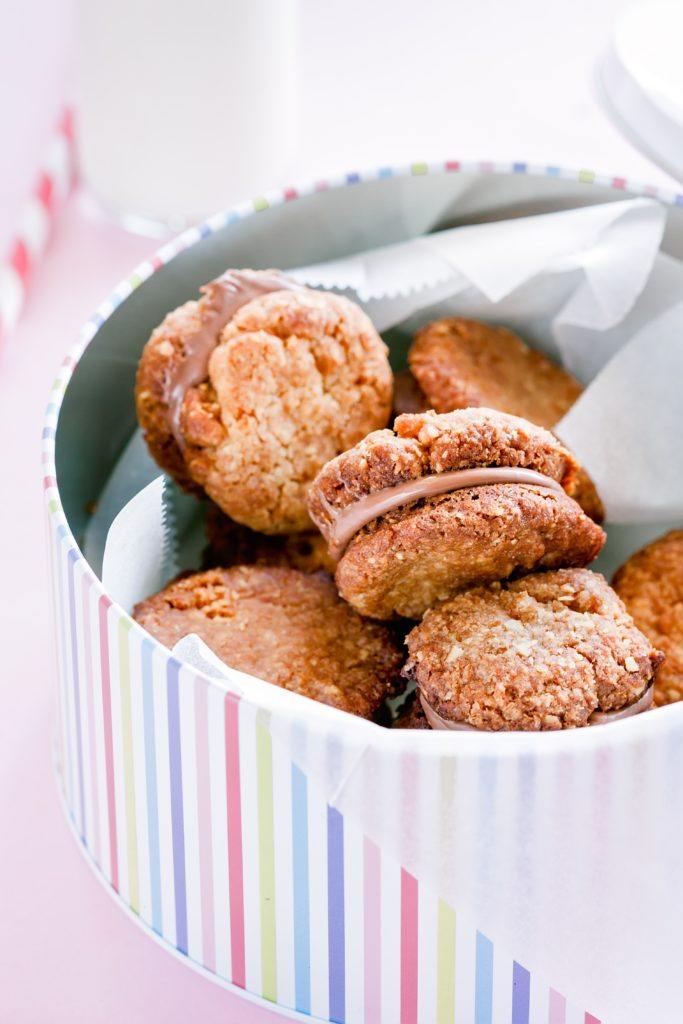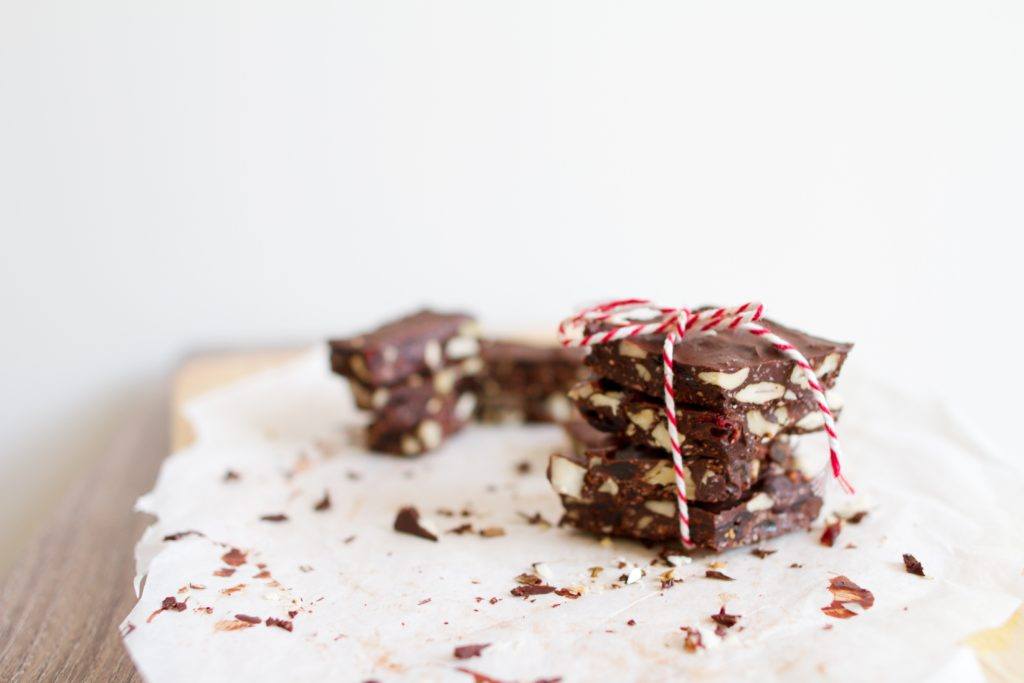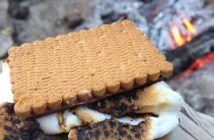Bakers, cake makers, and pastry tasters all know that you can’t develop a culinary masterpiece without the right equipment.
Now, we aren’t talking about mixers, ovens, and other tools that cost anywhere between a few hundred and a few thousand dollars. We mean the basic equipment, like beaters, ladles, bowls, and – of most importance – parchment and wax paper.
Without good parchment paper, creating a perfect bake is so much harder. Sure, you can grease the pan, butter it up, and sprinkle a bit of sugar or flour in the pan, but these methods both create extra mess to clean up and don’t always work.
Lifting a cake from a paperless pan can mean that a better part of the crust separates from the bake, sticking to the pan and overall ruining the finish.
Wax paper, though not the same as parchment paper, is an equally useful tool for those who like to keep things clean or who are cooking without heat.
Those new to the world of culinary creations may be wondering just why parchment paper is so important, and whether or not they can use wax paper instead.
Are they the same? How are they different? Why can’t you use wax paper in the oven? And so forth.
So, read on if you want to know what’s up in the parchment paper vs. wax paper debate.
Contents
Parchment Paper: The Details
Just what is parchment paper?
You may also know parchment paper by another name: baking paper. There is no difference in the product attached to each name since being called baking or parchment paper is solely a regional preference.
Now, as for what makes parchment paper, the key lies in how it’s specially crafted and treated to withstand intense heat, remain non-stick, and act as a protective barrier (both between food and your trays, and between food and intense heat).
Parchment paper is treated with sulfuric acid, and as a result, the acid treatment makes the paper dense, strong, grease-proof, and heat- and water-resistant. Sounds rather perfect for a scorching oven and an array of ingredients, doesn’t it?
What also makes parchment paper so useful – and a favorite tool of bakers, chocolate makers, and cake decorators everywhere – is the silicone coating this paper has, making it a shiny, non-stick surface to work with.
What is parchment paper used for?
As it comes ready-to-use, this paper will definitely cut down on prep if you are pressed for time while baking.
There’s no need to spend valuable minutes greasing every corner of your cake tin, and should your recipe need a reduced amount of oil, that’s no problem. No greasing the pan means no added oil or butter!
Beyond this, there are specific cases where parchment paper really shines! Lining cake tins is perhaps the obvious use. There is no need for greasing, buttering or sugar-dusting the inside of a tin if you line everything with parchment paper.
This saves your bakes from being pulled apart when you lift them from the tin and has the added benefit of cutting down on how much cleaning you will need to do afterwards.
Parchment paper is great for days where you feel like baking rows and rows of cookies, biscuits, or crackers. As this paper is so slick and heat-proof, it can be reused quite a few times through a mass baking session.
Sliding a freshly baked batch of cookies onto the cooling rack and laying out the next lot on the same sheet of paper is no problem at all. Alternatively, you can lift cooked batches from the tray and turn the paper into a hygienic cooling mat.
In addition to parchment paper being super useful for its ability to survive intense heat, this paper can also be used in the freezer!
Whipping up a huge batch of cookie dough well before its needed, or just to have prepared for a rainy day, is simple with parchment paper.
Roll the cookie dough out into centimeter-thick slabs, cut to an appropriate size for storage, and stack these slabs on top of one another using sheets of parchment paper to prevent sticking.
Think of how ready-to-use pastry is packaged if you are unsure. Wrap the stack in a Ziploc baggie to protect from frost-damage, and you are golden.
Of course, parchment paper isn’t only used for baking sweets! Lining your lasagna and pasta-bake trays will save you heaps of scrubbing and scraping after dinner.
Another handy use for parchment paper is to wrap up roasts, meatloaves, and meatballs to protect them from burning and to keep them juicy.
Here’s a tip: take off the paper for the last ten or so minutes of a bake if you want a crispy finish.
Another savory bake, which is on the healthier side, is to try using parchment paper in the ‘pouch cooking’ method. Wrap a piece of seasoned chicken or fish in parchment paper, pop in the oven, and let the magic happen.
This method is great for cutting down on fats while keeping delightfully tasty food in your life.
Wax Paper: The Details
Is wax paper the same as parchment paper?
Not at all.
Although both are used primarily in the kitchen, wax paper and parchment paper are two products that have different capabilities – alongside other factors.
Just what is wax paper?
Wax paper is coated, typically on both sides, with a thin layer of wax. Wax paper is not treated in any other way, excluding hygiene treatments that make this product safe to use with food.
Wax paper is non-stick and moisture-resistant, making it a useful alternative for a number of culinary methods.
Can you bake with wax paper?
Nope! Wax paper is not heat-resistant. It will burn, and possibly catch fire, if you put it in an oven. Although still a useful alternative to parchment paper in many aspects, wax paper cannot be used in any steps involving heat or flame.
Why? When placed under intense heat, the wax melts and burns, eventually exposing the paper to the direct heat and creating an opportunity for the paper to burn and possibly catch fire.
The melting wax can also ruin any food it is in contact with! A perfect batch of cookies will taste like burned toast instead of sweet deliciousness.
No matter what, it is not safe to bake with wax paper.
What can wax paper be used for?
Despite the fact that wax paper cannot be used in the oven, this product has a myriad of other uses – with wax paper being the cheaper alternative to parchment paper.
When making doughs and working with pastry, wax paper is a clean way to create a non-stick surface on your countertop. Instead of dusting flour everywhere, tearing off a length of wax paper to work on will make kneading, shaping, and cutting stickier recipes a much smoother experience.
This also applies to non-heat bakes, like cheesecakes, ice-cream cakes, and fudge! Rather than greasing a tin or using expensive parchment paper to line everything, try using wax paper.
Although lacking the super anti-slick silicone, wax paper is still perfect for keeping that sticky fudge from ruining your baking tins.

Wax paper, since it is more disposable, can also be shaped into funnels for transferring food during the preparation stages of bakes.
Creating an impromptu funnel is a quick way to easily move dry and wet ingredients into bottles, all without wasting valuable parchment paper. Need a piping bag for icing, but don’t want to bother buying one? You can roll on a square of wax paper into a piping cornet and create swirls of icing in no time at all.
After all the cooking has been done, wax paper is a useful and malleable material to store and display food in, such as homemade breakfast bars, fudge squares, and others foods that are sticky or oily.
If you are working with a budget, but still want to earn full marks for presentation, then investing in a $5 roll of wax paper and some ribbon or twine will make for perfectly hygienic and cute packaging.
A final use for wax paper in the kitchen is to use it as a buffer when tenderizing meat. The wax prevents your meat from slipping around while hammering those chicken breasts into flat Schnitzels, and will also keep a protective barrier between the mallet and the meat.
Outside of the kitchen, wax paper actually has a variety of other uses. These include buffing wipes for metal objects, drawer liners, and wrapping delicate fabrics during storage.
What else, you ask? Well, waxing away smudges and fingerprints from metal surfaces, like faucets and door handles, is definitely one use – and one that doesn’t require any smelly chemicals either!
If you can’t finish off a bottle of wine, and don’t want bits of the cork breaking off and tainting the wine, then wrap the cork in wax paper for a quick fix. This keeps the wine fresh, prevents fallout from the cork, and makes it easy to pop that bottle back open.
Parchment Paper vs. Wax Paper
To be honest about it, there isn’t really a debate. Parchment paper is the only safe option to use in the oven, whereas wax paper is a cheaper option for all non-heat baking purposes.
When it comes to the question of which you should use, parchment or wax, it really depends on your baking or cooking project.
It is a good idea to keep both papers stocked in your kitchen, as even outside of cooking, they have a variety of uses around the house – although wax paper is certainly the more versatile product when not used in cooking.
Here’s a video showing more information on parchment paper vs. wax paper.
What do you use more in the kitchen? Wax or parchment paper?






